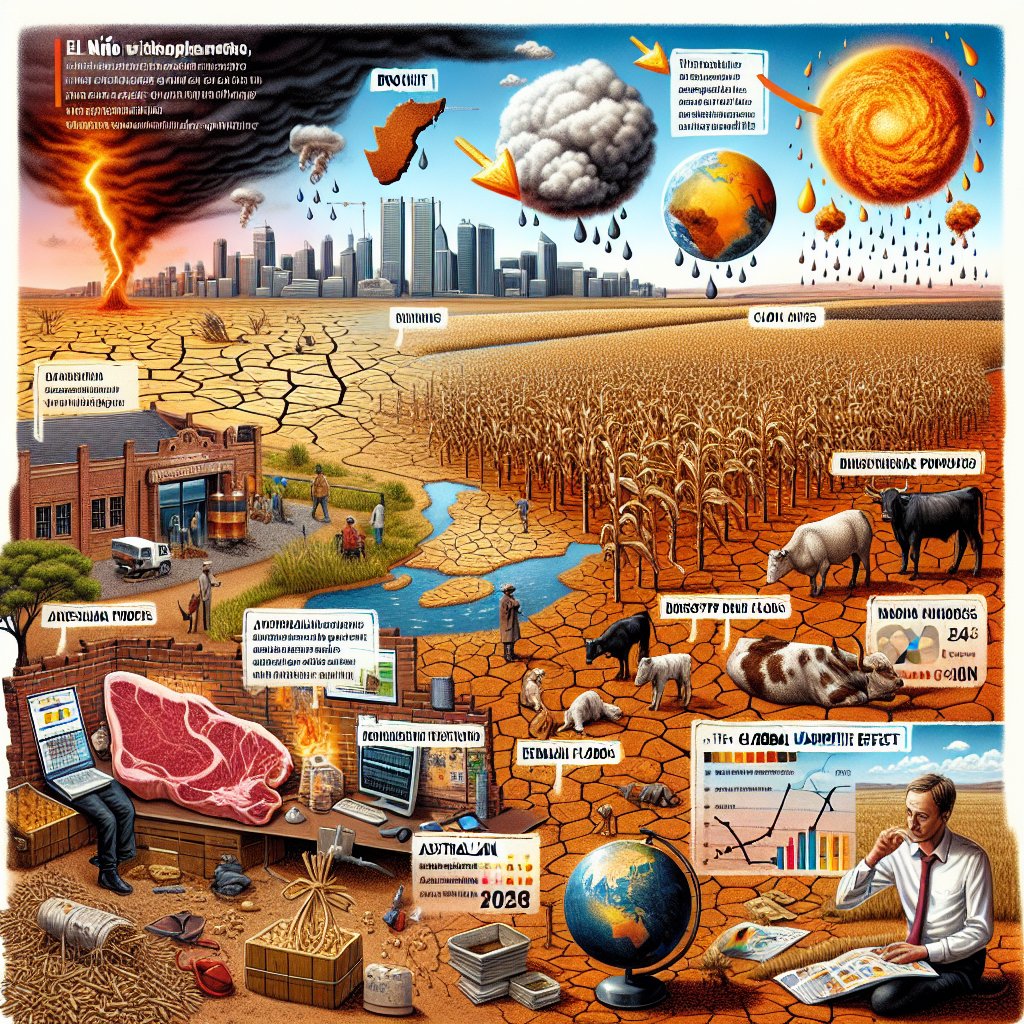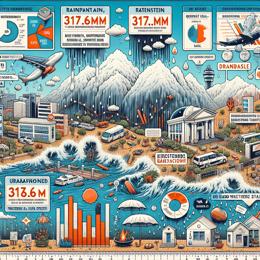Content created by AI
Evaluating El Niño's Climate Impact and Predictions for 2024
2023 has been a year of weather extremities for South Africa, influenced significantly by the El Niño phenomenon. Known for inducing periods of drought and elevated temperatures, El Niño has once again brought its impact to the forefront of South African climate conversations. According to the South Africa Weather Service (SAWS), South Africa has been firmly within the clutch of an El Niño state throughout the year.
The El Niño-Southern Oscillation (ENSO) phase is notorious for dictating weather patterns, and this time it led the prediction charts into expecting drier and warmer conditions from October to March. SAWS has been cautious, highlighting the uncertainty present in the global forecasts for the typical dry conditions South Africa experiences during El Niño seasons, particularly over the country's eastern regions.
With the global climate experiencing substantial warmth in the last six months, probably due to one of the strongest El Niño events in recent history, the planet has seen an onslaught of extreme weather. From Australia's fires to Kenya's floods, the effects have been profoundly disruptive.
As the curtains start to close on 2023, the forthcoming year offers both promise and ambiguity. Climate models suggest the reigning El Niño phenomenon could wane by June 2024, favoring a return to neutral conditions known as ENSO-neutral. However, given the complexity and uniqueness of each El Niño event, scientists remain hesitant in their forecasts. Whatever the outcome, the current event's aftermath on weather patterns, agriculture, and food prices will likely persist.
The implications for South Africa's agricultural sector are grave. The agricultural landscape is bracing for the impact with forecasts of reduced yield in key staples like maize (mealies) and alterations in beef production due to changes in grazing conditions. These agricultural setbacks have ripple effects across the country, affecting food prices and the local economy.
Despite the challenges presented by El Niño, interest and research in understanding, predicting, and managing these weather phenomena continue to grow. Efforts in climate science and agricultural innovation are key to mitigating the adverse effects of such global weather patterns. Thus, as the nation and the world wait for a definitive end to the current El Niño cycle, preparation and adaptation strategies take the center stage in safeguarding against future climatic uncertainties.










